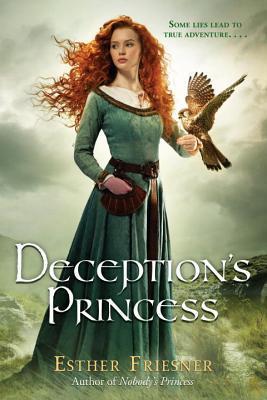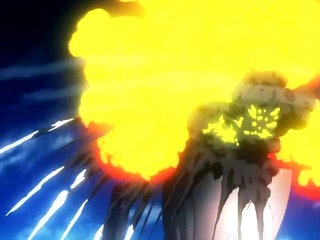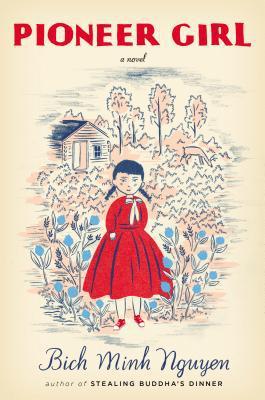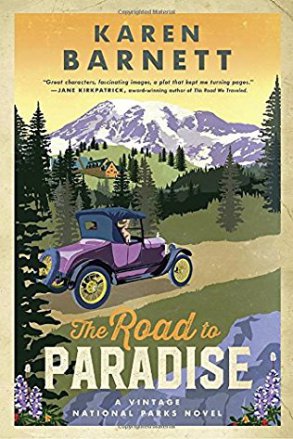Download links for: The Garden Of Empress Cassia


Reviews (see all)
Write review
The best book i have read. I wished the story continued.
I read this book when I was little, I loved it.
I could just imagine everything. I loved it.
This was really sweet and encouraging
it wasnt good but it wasnt bad
Other books by Fantasy
Other books by Gabrielle Wang
Related articles












